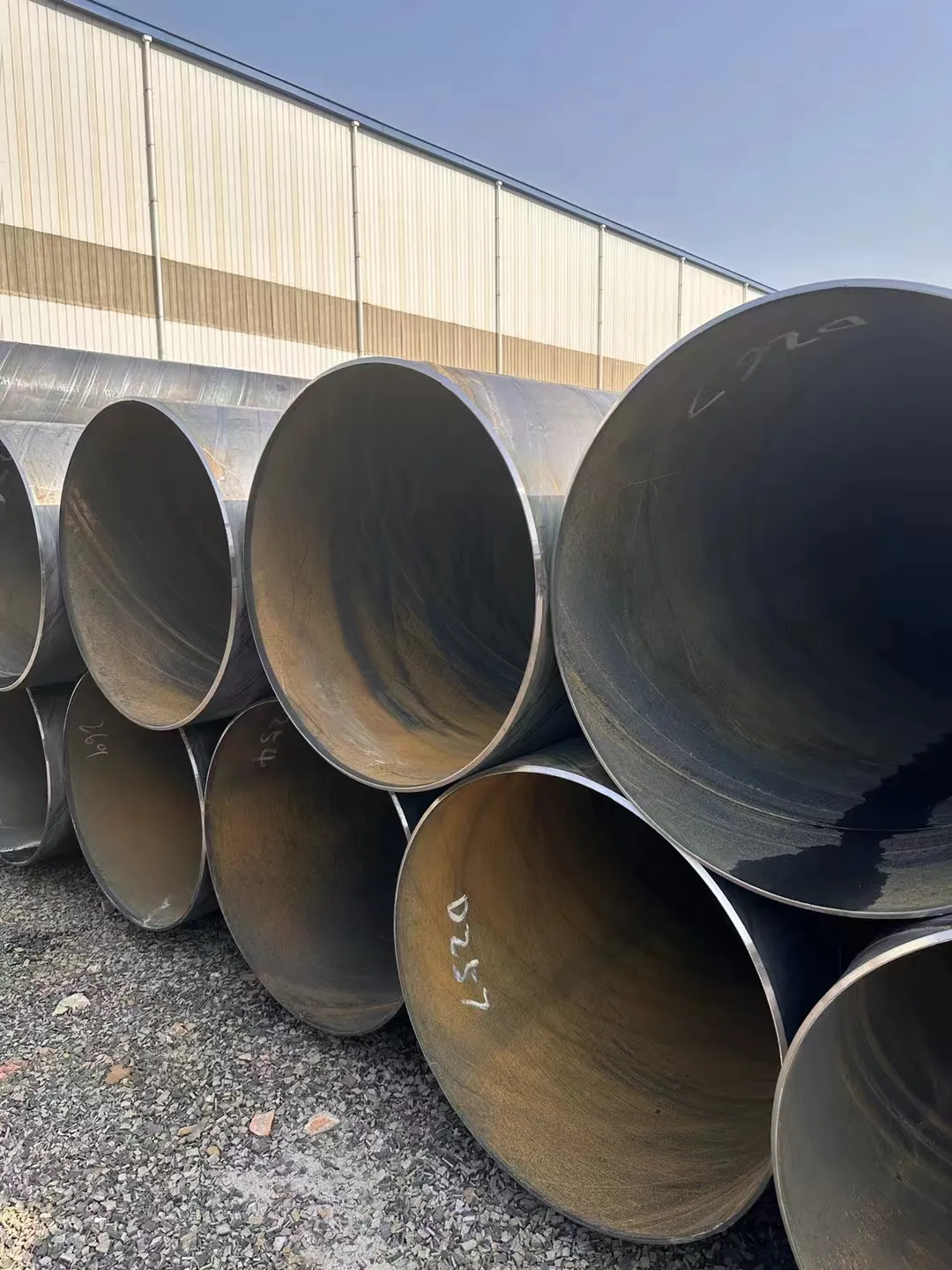-
Cangzhou Yulong Steel Co., Ltd.
-
Phone:
+86 13303177267 -
Email:
admin@ylsteelfittings.com
- English
- Arabic
- Italian
- Spanish
- Portuguese
- German
- kazakh
- Persian
- Greek
- French
- Russian
- Polish
- Thai
- Indonesian
- Vietnamese
- Zulu
- Korean
- Uzbek
- Hindi
- Serbian
- Malay
- Ukrainian
- Gujarati
- Haitian Creole
- hausa
- hawaiian
- Hebrew
- Miao
- Hungarian
- Icelandic
- igbo
- irish
- Japanese
- Javanese
- Kannada
- Khmer
- Rwandese
- Afrikaans
- Albanian
- Amharic
- Armenian
- Azerbaijani
- Basque
- Belarusian
- Bengali
- Bosnian
- Bulgarian
- Catalan
- Cebuano
- China
- China (Taiwan)
- Corsican
- Croatian
- Czech
- Danish
- Esperanto
- Estonian
- Finnish
- Frisian
- Galician
- Georgian
- Kurdish
- Kyrgyz
- Lao
- Latin
- Latvian
- Lithuanian
- Luxembourgish
- Macedonian
- Malgashi
- Malayalam
- Maltese
- Maori
- Marathi
- Mongolian
- Myanmar
- Nepali
- Norwegian
- Norwegian
- Occitan
- Pashto
- Dutch
- Punjabi
- Romanian
- Samoan
- Scottish Gaelic
- Sesotho
- Shona
- Sindhi
- Sinhala
- Slovak
- Slovenian
- Somali
- Sundanese
- Swahili
- Swedish
- Tagalog
- Tajik
- Tamil
- Tatar
- Telugu
- Turkish
- Turkmen
- Urdu
- Uighur
- Welsh
- Bantu
- Yiddish
- Yoruba

Oct . 15, 2024 04:05 Back to list
pressure pipe welding
Pressure Pipe Welding An Essential Component in Modern Engineering
Pressure pipe welding is a critical process in various industries, encompassing everything from oil and gas to water supply systems. The integrity and safety of pipelines largely depend on the quality of the welds, which are the seams where two or more pieces of pipe are joined together. As industrial demands and safety regulations have evolved, so too have the techniques and technologies employed in pressure pipe welding.
At its core, pressure pipe welding involves the fusion of metal pipes to withstand high pressure and temperature conditions. This requires not only skilled labor but also an in-depth understanding of welding techniques and materials. Common welding methods used include TIG (Tungsten Inert Gas), MIG (Metal Inert Gas), and stick welding. Each method has its specific applications, advantages, and limitations based on the type of material being welded and the environment in which the pipes will operate.
One of the primary challenges in pressure pipe welding is the need for precise control over the weld bead
. A good weld must adequately penetrate the base metal while avoiding defects such as cracks, porosity, or incomplete fusion. These defects can compromise the strength and integrity of the pipeline, posing serious risks in high-pressure systems. Therefore, pre-welding preparations such as joint design, surface cleaning, and the selection of compatible filler materials are crucial.Moreover, the materials used for pressure pipes—like carbon steel, stainless steel, and alloys—present unique challenges. Each material reacts differently to heat, and understanding these characteristics is essential for achieving reliable welds. For instance, stainless steel requires careful control of heat input to prevent issues like distortion and oxidation. Technicians must often employ specialized techniques, such as back purging, to shield the weld area from oxidation, ensuring a strong and clean weld.
pressure pipe welding

In addition to the technical aspects of welding, quality assurance and inspection play a significant role in pressure pipe welding. Various non-destructive testing methods, including Ultrasonic Testing (UT) and Radiographic Testing (RT), are employed to verify the integrity of the welds. These methods inspect the welds without causing damage, allowing for the detection of any flaws that could lead to future failures.
The importance of professional training and certification cannot be overstated in this field. Welding professionals must stay informed about the latest techniques, safety measures, and industry standards. Many organizations offer certification programs that ensure welders possess the necessary skills and knowledge, ultimately leading to higher-quality work and safer operations.
As industries continue to innovate and grow, the demand for reliable pressure pipe welding will only increase. The development of new materials and welding technologies promises to enhance the efficiency and efficacy of welds, paving the way for safer and more sustainable infrastructure. Additionally, efforts to standardize welding practices globally will help improve safety and reliability in pressure pipe systems.
In conclusion, pressure pipe welding is a complex and essential aspect of modern engineering. Through rigorous training, precise techniques, and robust quality assurance measures, the industry can ensure the production of reliable and safe pipelines that meet the demands of high-pressure environments. As technology advances, so too will the methods employed in pressure pipe welding, ensuring that these critical infrastructures remain safe for years to come.
Latest news
-
ANSI 150P SS304 SO FLANGE
NewsFeb.14,2025
-
ASTM A333GR6 STEEL PIPE
NewsJan.20,2025
-
ANSI B16.5 WELDING NECK FLANGE
NewsJan.15,2026
-
ANSI B16.5 SLIP-ON FLANGE
NewsApr.19,2024
-
SABS 1123 FLANGE
NewsJan.15,2025
-
DIN86044 PLATE FLANGE
NewsApr.19,2024
-
DIN2527 BLIND FLANGE
NewsApr.12,2024
-
JIS B2311 Butt-Welding Fittings LR/SR 45°/90° /180°Seamless/Weld
NewsApr.23,2024











